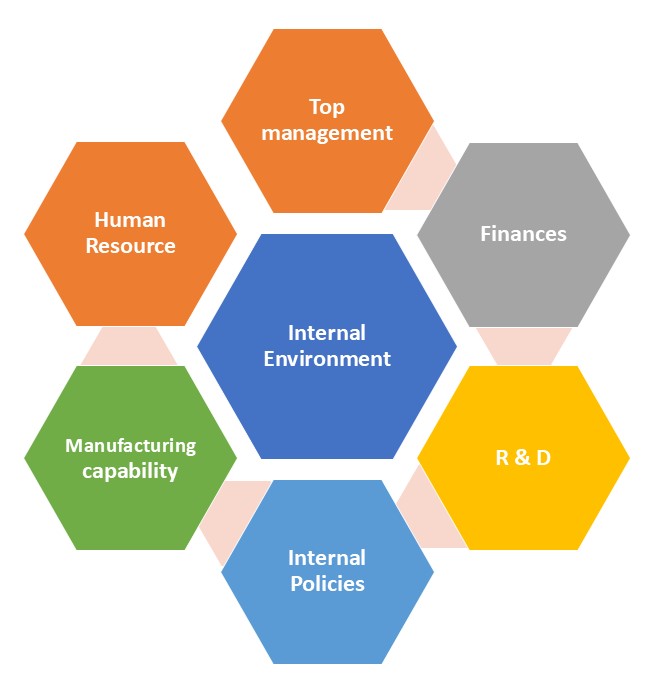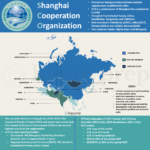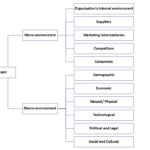Marketing Environment
Marketing Environment
What Is the Marketing Environment?
Imagine you are a captain sailing a ship. The weather, waves, wind, and sea creatures – all influence your journey, even if you don’t control them. The marketing environment works the same way. It includes all the external and internal factors that influence a company’s ability to build and maintain successful relationships with its customers.
In simpler terms, the marketing environment is everything happening inside and outside the company that affects how products are made, priced, promoted, and delivered.
The marketing environment is typically divided into two main parts:
- Micro Environment
Macro Environment
In this article, we’ll learn about Micro Environment. Read here about Macro Environment.

Micro Environment
The micro environment includes all the players directly connected to the company’s marketing activities. Think of this as the people and organizations you deal with every day to run your business and mainly includes the following:
1. Internal Environment (The Company)
- This includes top management, finance, R&D, production, HR, and marketing departments.
- A strong internal team with clear coordination helps in better decision-making.
- Example: Imagine the trade union having a dispute with the management over salary and working conditions. Such news presents a negative perception of the company to all the stakeholders.

2. Suppliers
- Suppliers provide the resources needed to produce goods and services. The companies are dependent on these suppliers and need to adhere a mutually accepted terms and conditions.
- A delay in raw materials or poor-quality inputs can harm the final product.
3. Marketing Intermediaries
- These are firms that help the company promote, sell, and distribute its products. Examples: Retailers, wholesalers, agents, logistics firms.
- They act as a bridge between the company and its customers. The dealers and distributors prefer more established brands and will be averse to venture into new companies. They also need to be careful with the warehousing facility and careful handling of the products. The cost of service, accessibility, safe and fast handling can drastically affect the marketing activities.
4. Competitors
- Companies must understand who their competitors are and what they offer.
Today’s market is not just about satisfying customers, but delivering more value than the competitors. The competitors try to highlight their product over other’s products which can significantly affect the marketing outcome.
5. Customers
Customers are the heart of the business. Everything in marketing begins and ends with understanding them.
Types of customers:
- Consumer markets
- Business markets
- Reseller markets
- Government markets
- International markets
Importance of understanding the Marketing Environment
- Better Planning: Helps in strategic decision-making based on real-world conditions.
- Risk Management: Helps anticipate threats from the market or government.
- Opportunity Identification: Detect trends and gaps in the market before competitors do.
- Adaptation: Businesses that adapt quickly to changes thrive in the long term.
- Customer-Centricity: Helps in designing offerings that match customer expectations.
Real-World Example
Apple
Micro environment:
- The company follows pro-employee policy with various welfare measures.
- It has a huge pile of cash to fund the R&D for future projects.
- Apple works closely with suppliers in China, and millions of loyal customers.
- It competes directly with Samsung, Google, and Xiaomi.
Macro environment:
- Political tensions between the U.S. and China can disrupt supply chains.
- Economic downturns may affect the sales of high-end iPhones.
- Social trends toward health and privacy influence product features.
- Technological advances push Apple to invest in AI, chips, and software.
Want to read some more articles?
-
 Shanghai Cooperation Organization (SCO): Origin, Members, Facts, etc for UPSC and other exams
Shanghai Cooperation Organization (SCO): Origin, Members, Facts, etc for UPSC and other exams -
 BRICS: Origin, members and others for UPSC, PSC & other exams
BRICS: Origin, members and others for UPSC, PSC & other exams -
 BIMSTEC for UPSC: Origin, Members & More
BIMSTEC for UPSC: Origin, Members & More -
 General Science for Competitive exams: UPSC, PSC, APFC, EO-AO, SSC, etc
General Science for Competitive exams: UPSC, PSC, APFC, EO-AO, SSC, etc -
 THE TRADE UNIONS ACT, 1926 for UPSC EPFO APFC/EO-AO, ALC, and Other exams
THE TRADE UNIONS ACT, 1926 for UPSC EPFO APFC/EO-AO, ALC, and Other exams -
 Understanding Macroenvironment: Marketing Environment in Principles of Marketing
Understanding Macroenvironment: Marketing Environment in Principles of Marketing -
 Understanding Microenvironment: Marketing Environment in Principles of Marketing
Understanding Microenvironment: Marketing Environment in Principles of Marketing -
Interjections in English
-
Conjunctions in English
Copyright© 2024 | All rights reserved | Made in India